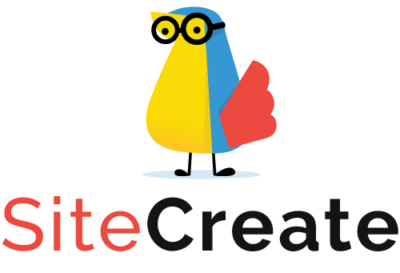Unveiling the Difference Between Paid and Organic Ads
In the ever-evolving realm of digital marketing, businesses face a crucial decision when it comes to promoting their products or services—choosing between paid ads and organic ads. Both strategies have their merits and demerits, and understanding the distinctions between them is vital for crafting a successful marketing campaign. In this blog post, we'll delve into the intricacies of paid ads and organic ads, exploring their differences and helping you make informed decisions for your marketing endeavors.
Paid Ads: Speed and Precision
As the name suggests, paid advertising involves investing financial resources to promote content or products. The primary advantage of paid ads is their ability to provide instant visibility. Here are some key characteristics of paid advertising:
- Speed of Results
- Paid ads can generate quick results and reach a target audience almost instantly.
- Businesses can set up campaigns and start seeing outcomes in hours or days.
2. Targeted Reach
- Paid ads enable precise audience targeting, allowing businesses to tailor their message to specific demographics, interests, and behaviors.
- Platforms like Google Ads and Facebook Ads provide robust targeting options.
3. Measurable ROI
- Paid advertising offers detailed analytics, allowing marketers to track the performance of their campaigns.
- Metrics like click-through rates (CTR), conversion rates, and return on investment (ROI) provide valuable insights.
Organic Ads: Building Trust and Long-Term Growth
Organic advertising, on the other hand, relies on non-paid strategies to enhance a brand's visibility. This approach involves creating high-quality content and optimizing it to rank well in search engine results. Here are some distinguishing features of organic ads:
- Long-Term Sustainability
- Organic ads focus on creating valuable, relevant content that attracts and retains an audience over time.
- While results may take longer to materialize, organic strategies contribute to sustained growth.
2. Trust and Authority
- Organic visibility often results from search engine optimization (SEO) efforts, indicating that the content is deemed valuable by search algorithms.
- Organic results are perceived by users as more trustworthy and authoritative compared to paid listings.
3. Cost-Effective in the Long Run
- While organic strategies require time and effort, they can be more cost-effective over the long term, as the results can persist without ongoing ad spend.
Choosing between paid ads and organic ads ultimately depends on the goals, budget, and timeline of a marketing campaign. While paid advertising offers immediate visibility and precise targeting, organic strategies focus on building trust and achieving sustainable, long-term growth. A balanced approach that combines both paid and organic tactics can maximize the benefits of each, providing a comprehensive marketing strategy that aligns with business objectives. As the digital landscape continues to evolve, staying adaptable and leveraging the strengths of both paid and organic advertising will be key to achieving marketing success.
